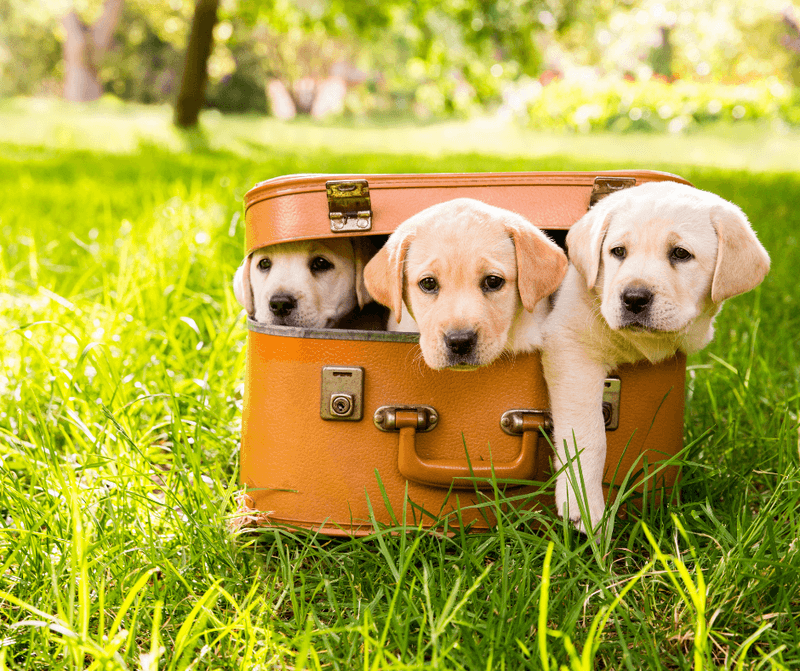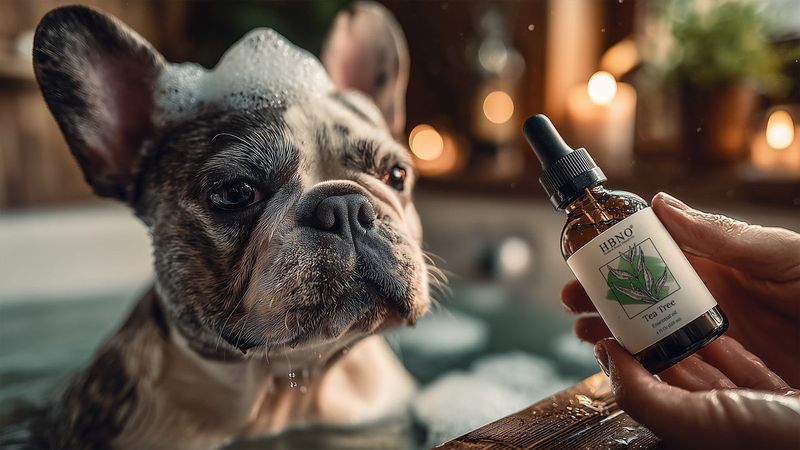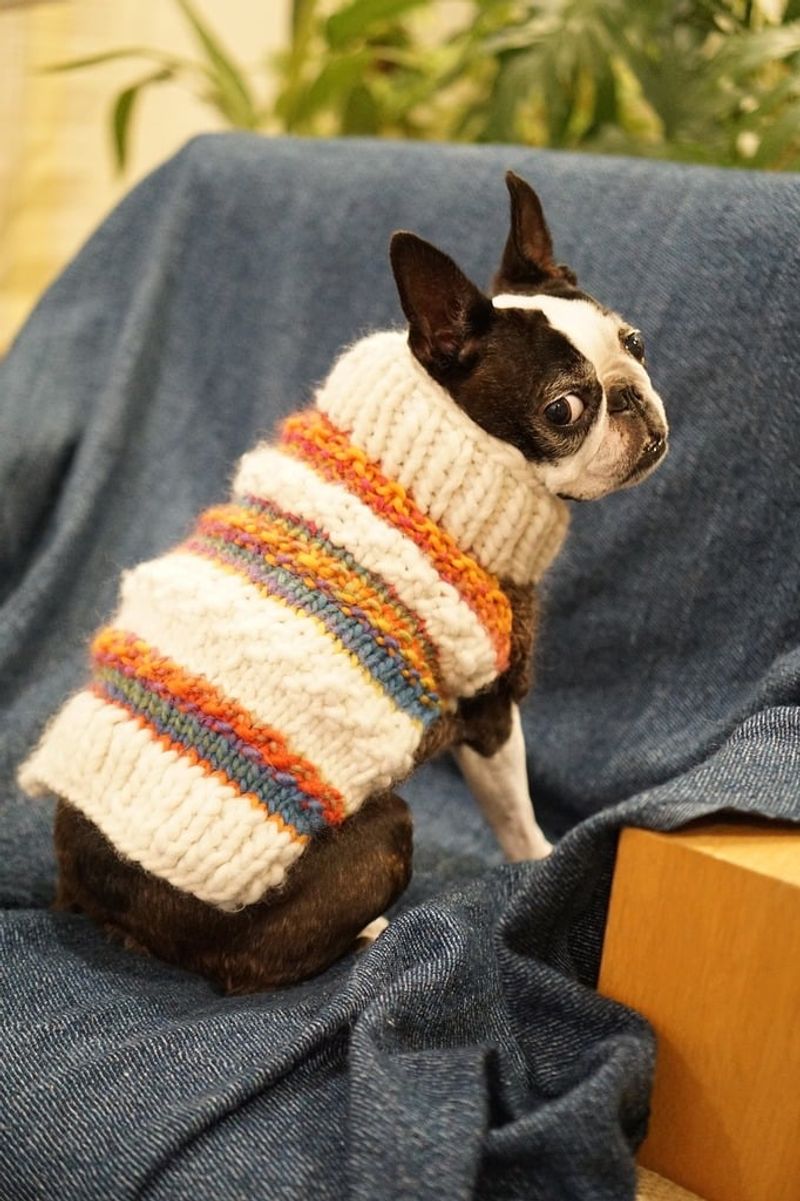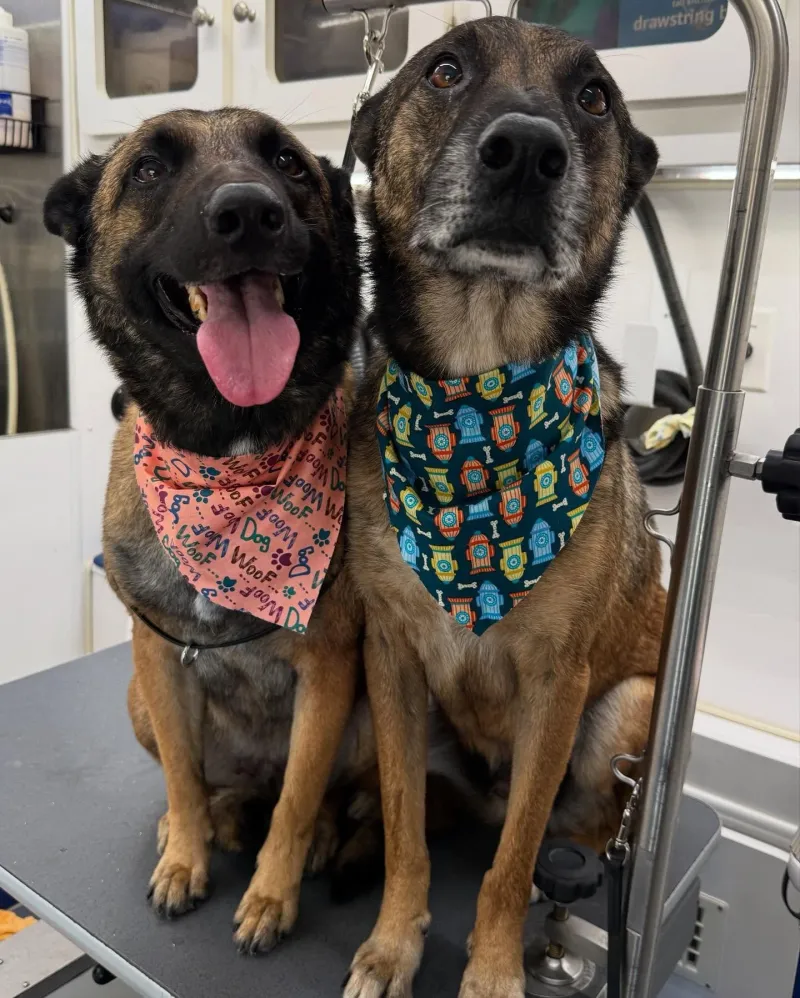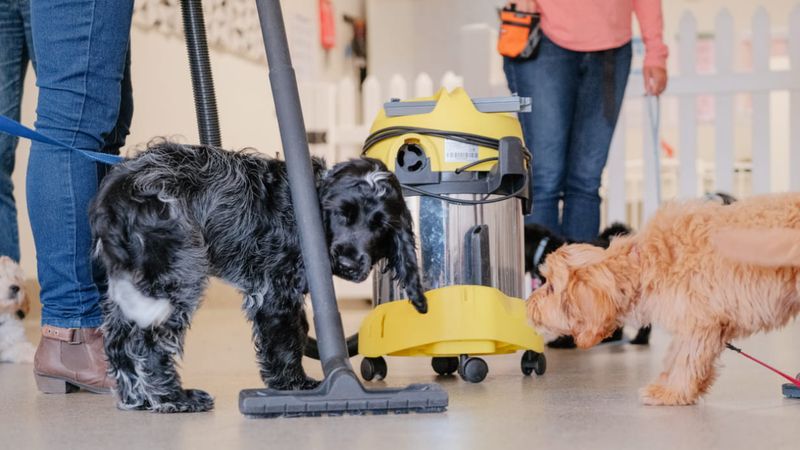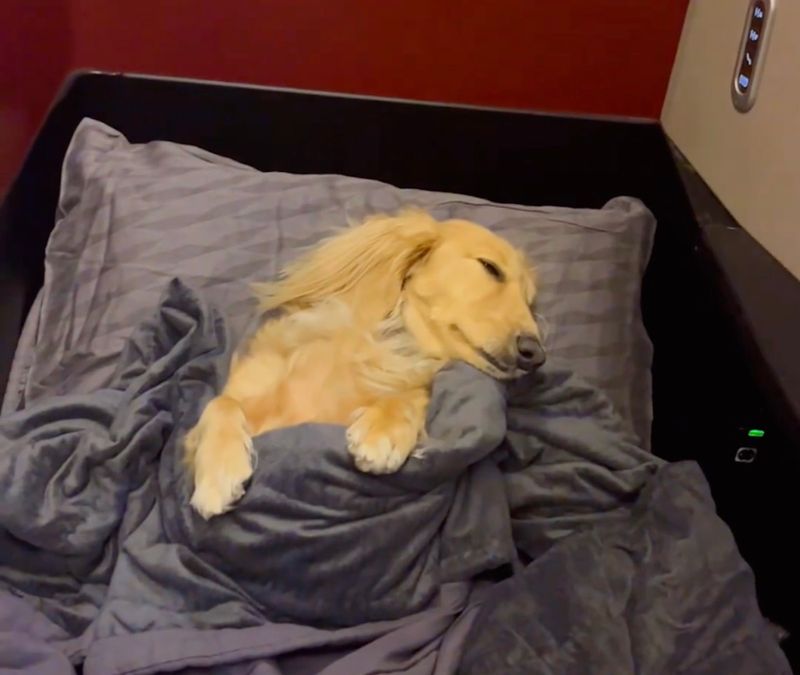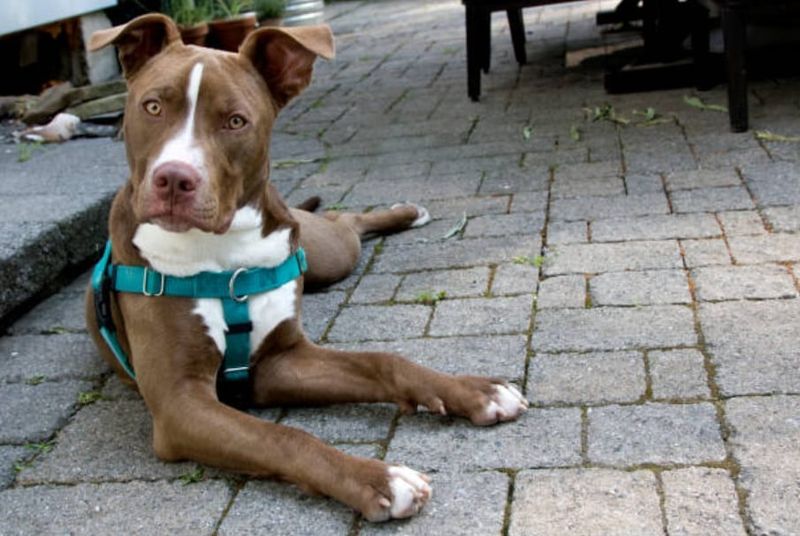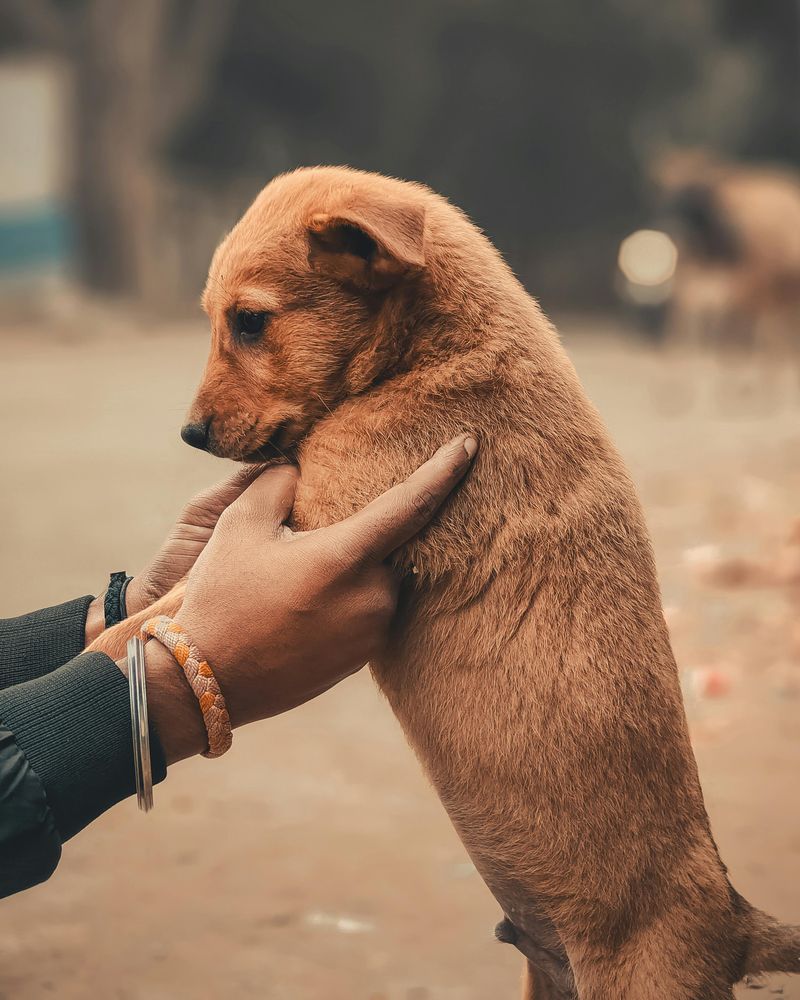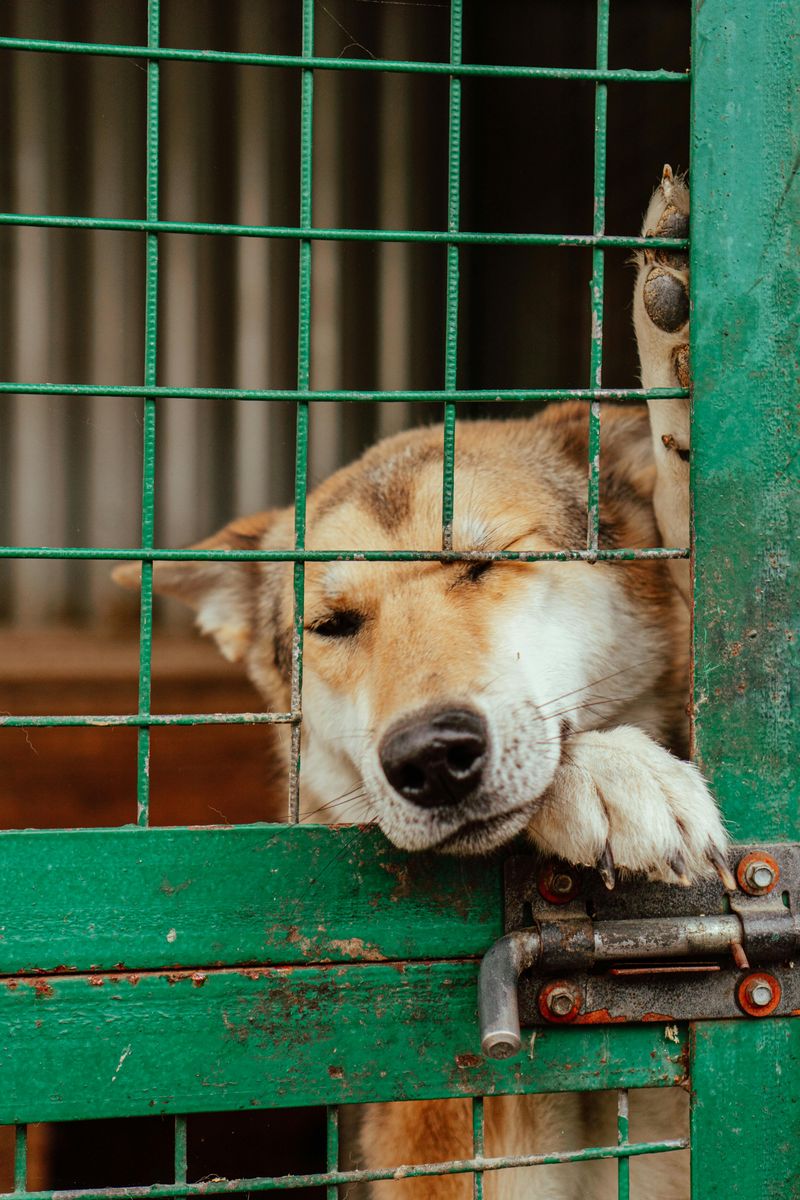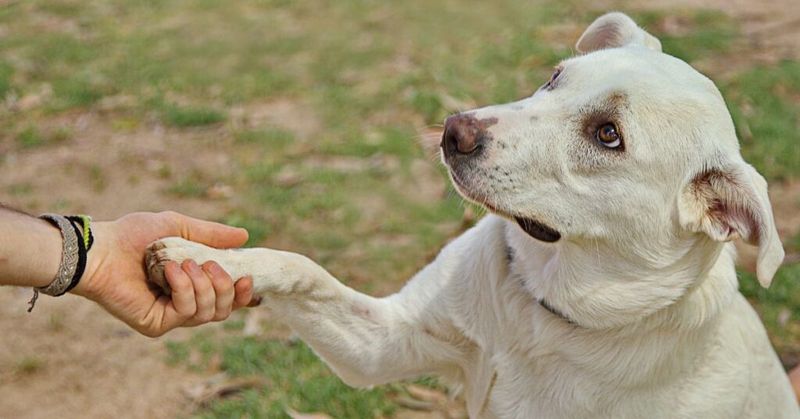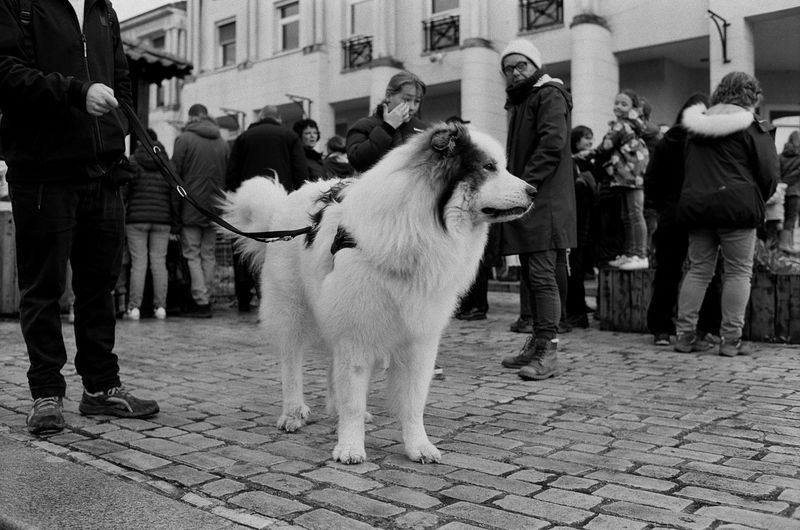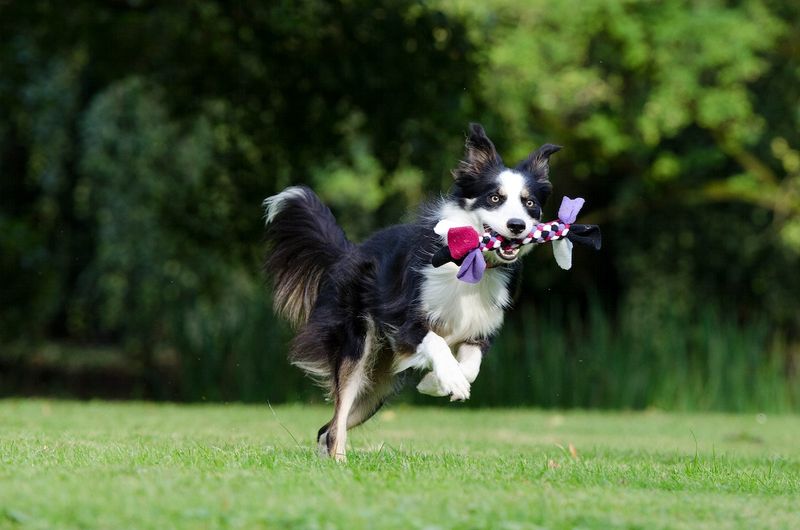Dogs are sensitive creatures, often picking up on our behaviors more than we realize. Some everyday habits that seem normal to us can cause them stress. Here are 22 common actions to be mindful of, ensuring a happier, calmer pet.
Hugging too tightly
Dogs may find tight hugs overwhelming, as they feel restrained. Unlike humans, dogs don’t naturally embrace each other to show affection. Instead, they might perceive a tight hug as a threat or a sign of dominance.
Many dogs will tolerate a hug from their trusted human, but it can still cause anxiety. It’s crucial to observe their body language. If they show signs of distress, like pulling away or lowering their ears, it’s time to ease up.
A gentle pat or a soft scratch behind the ears is often more appreciated. Let your dog guide the level of physical affection.
Staring directly into their eyes
Direct eye contact can be intimidating for dogs. In the canine world, staring is often perceived as a challenge or threat. While humans use eye contact to connect, dogs interpret it differently.
When you lock eyes with your dog, they may feel anxious or confused. It’s essential to look for cues, such as yawning or looking away, which indicate discomfort.
To communicate more effectively, try a softer gaze or blink slowly. This can help build trust without causing stress. Respecting their space fosters a better bond.
Loud arguing or yelling
Loud noises and shouting can be distressing for dogs, as their hearing is more sensitive than ours. Raised voices during arguments can trigger anxiety, leaving them unsettled.
Dogs may not understand the context but will pick up on the tension. They might react by hiding, barking, or showing signs of stress, such as pacing or drooling.
Creating a calm environment is vital for their well-being. Using quieter tones and maintaining a peaceful atmosphere helps keep your dog relaxed and secure.
Overusing perfume or deodorant
Dogs have a keen sense of smell, making them sensitive to strong fragrances. Overusing perfumes or deodorants can overwhelm their olfactory system, causing discomfort.
Scents that seem pleasant to us might be overpowering for a dog. They may sneeze, become restless, or even avoid certain areas where the smell lingers.
Choosing unscented products or using them sparingly can help minimize stress. This consideration ensures a more comfortable environment for your furry friend.
Forcing them to wear clothes
While some dogs don’t mind wearing clothes, others find it distressing. Forcing attire on a pet that dislikes it can lead to stress and discomfort.
Clothing can restrict movement or feel unnatural, causing anxiety. It’s crucial to assess whether your dog is comfortable and willing to wear an outfit.
Allowing them the choice to wear clothes and respecting their comfort level fosters a sense of security. If your dog seems uneasy, it’s best to let them go sans attire.
Ruffling their fur roughly
Dogs often enjoy a gentle touch, but rough handling can be unsettling. Vigorous ruffling of their fur might make them uncomfortable or anxious.
Some dogs may tolerate this behavior from their owner, but it doesn’t mean they enjoy it. It’s essential to be mindful of their reactions during interactions.
Opting for a gentle pet or a light scratch can be more comforting. Understanding their preferences enhances the bond and ensures their comfort and happiness.
Ignoring their body language
Dogs communicate through body language, expressing their feelings and needs. Ignoring these signals can lead to misunderstandings and stress.
Signs like yawning, lip licking, or avoiding eye contact often indicate discomfort or anxiety. Being attuned to these cues helps in addressing their needs promptly.
Acknowledging and responding to their body language fosters a trusting relationship. It ensures that your dog feels heard and cared for, enhancing their overall well-being.
Bathing too frequently
While cleanliness is essential, frequent bathing can be uncomfortable for dogs. It may strip their coat of natural oils, causing dry skin and irritation.
Most dogs only need a bath once in a while, depending on their breed and lifestyle. Overdoing it may lead to aversion or stress during bath time.
Using gentle products and ensuring a positive experience can make baths more enjoyable. Observing your dog’s reaction helps determine the optimal bathing routine.
Pulling on the leash
Leash pulling can be stressful for dogs, making walks less enjoyable. It may lead to discomfort, fear, or even physical harm if done harshly.
Dogs thrive on exploration during walks, and overly controlling their movement can be frustrating for them. A gentle approach with positive reinforcement makes walks more pleasant.
Training your dog to walk calmly on a leash enhances the experience for both of you. It reduces stress and fosters a more harmonious outing.
Using vacuum cleaners near them
Vacuum cleaners are often a source of stress for dogs due to their loud noise and sudden movements. Many dogs perceive them as threats.
Their sensitive hearing makes the sound of a vacuum particularly jarring. Some dogs may react by barking, fleeing, or hiding.
To alleviate stress, it’s beneficial to introduce the vacuum gradually and reward calm behavior. This helps them become more accustomed and less fearful over time.
Invading their sleeping space
Dogs cherish their designated sleeping spots as safe havens. Invading this space can disrupt their sense of security and lead to stress.
A dog’s bed is their refuge, a place where they retreat to rest and relax. Respecting this territory is crucial for their peace of mind.
Allowing them to enjoy undisturbed sleep helps maintain their well-being. It’s important to ensure they have a comfortable, predictable place to rest.
Interrupting eating time
Eating is a significant activity for dogs, and interruptions can cause anxiety or frustration. It’s a time when they are most focused and vulnerable.
Disturbing them during meals may lead to stress or even protective behavior. Ensuring they have a peaceful environment to eat helps reduce anxiety.
Providing a quiet, interruption-free space supports their dietary routine. It promotes a positive association with mealtime, contributing to their overall happiness.
Constantly taking photos with flash
Flash photography can be distressing for dogs, startling them with bright bursts of light. This may lead to confusion or anxiety.
The sudden flash can be disorienting and uncomfortable, causing them to avoid the camera or become restless. It’s important to consider their comfort.
Opting for natural light or turning off the flash helps mitigate stress. Respecting their space during photography ensures a more relaxed environment.
Changing their daily routine suddenly
Dogs thrive on routine, which provides them with a sense of security. Sudden changes can lead to anxiety or stress, disrupting their comfort zone.
Predictability in daily activities, like feeding and walks, helps them feel safe. Unexpected alterations may make them uneasy or bewildered.
Gradually introducing changes allows them to adjust smoothly. Maintaining consistency ensures their comfort and emotional stability.
Picking them up without warning
Unexpectedly picking up a dog can be alarming, especially if they’re not used to it. This sudden action may cause fear or discomfort.
Some dogs are more tolerant, but it’s crucial to gauge their comfort level. Sudden lifting may be perceived as a loss of control.
Gently signaling your intention and allowing them to prepare helps reduce anxiety. Respecting their space fosters trust and confidence.
Making them socialize when anxious
Not all dogs are natural extroverts. Forcing social interactions when they’re anxious can lead to stress or fearful behavior.
Each dog has its social comfort zone, and pushing beyond it may result in agitation. Observing their reactions is key to understanding their limits.
Allowing them to socialize at their own pace fosters confidence. Providing a safe space helps them feel more secure and willing to engage.
Leaving them alone for long hours
Dogs are social animals, and being left alone for extended periods can lead to loneliness or separation anxiety.
Prolonged isolation may result in destructive behavior or depression. They thrive on companionship and routine interaction with their human.
Ensuring regular engagement and providing mental stimulation helps alleviate loneliness. Seeking alternatives like pet sitters or doggy daycare can also be beneficial.
Touching their paws or tail excessively
Many dogs are sensitive about their paws and tail, areas that can feel vulnerable. Excessive handling may make them uncomfortable.
While some dogs enjoy being touched, others may react by pulling away or showing signs of stress. Respecting their preferences is crucial.
Offering positive reinforcement and slowly introducing touch can help them become more accustomed. Understanding their boundaries enhances trust and comfort.
Punishing instead of redirecting
Punishing a dog can cause confusion and anxiety. They may not understand the reason, leading to fear rather than learning.
Positive reinforcement and redirection encourage better behavior without causing stress. Focusing on what they should do, rather than punishing what they did, is more effective.
Building a trusting relationship through understanding and patience fosters a happy, well-behaved companion. It encourages a supportive learning environment.
Crowded environments or loud parties
Loud noises and bustling environments can be overwhelming for dogs. Crowded spaces may trigger anxiety or fear.
Some dogs may retreat, bark, or show signs of stress in these situations. Providing them a quiet retreat helps ease their discomfort.
Ensuring they have a safe space away from the commotion allows them to relax. Gradually acclimating them to such environments promotes confidence and calm.
Not providing mental stimulation
Dogs need mental challenges to stay healthy and happy. Lack of stimulation can lead to boredom and destructive behavior.
Engaging their intelligence through games and training exercises fulfills their need for mental activity. This prevents restlessness and anxiety.
Incorporating puzzles and interactive toys into their routine nurtures their mind. Tailoring activities to their interests keeps them entertained and content.
Restricting sniffing during walks
Sniffing is a natural behavior for dogs, allowing them to explore their surroundings. Restricting this activity can be frustrating for them.
Smell is how dogs interpret the world, gathering information about their environment. Preventing them from sniffing may increase stress or agitation.
Allowing time for this behavior enriches their walk and satisfies their curiosity. Balancing exercise with exploration enhances their overall experience.



